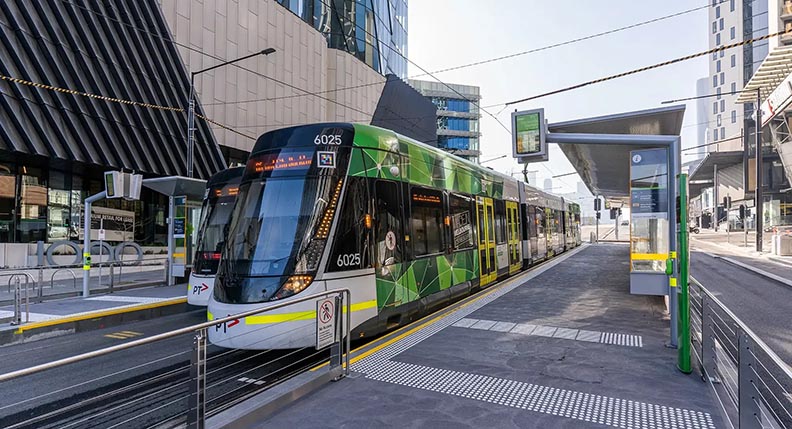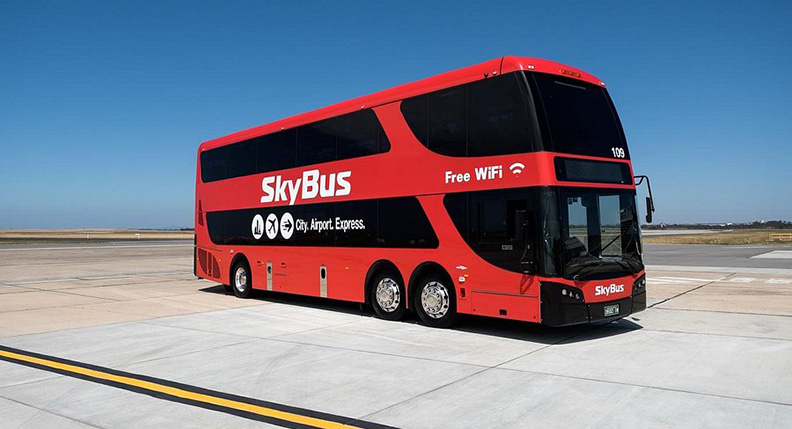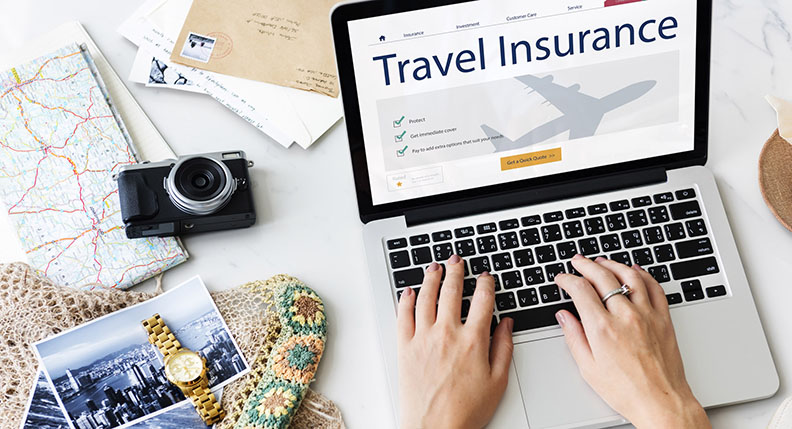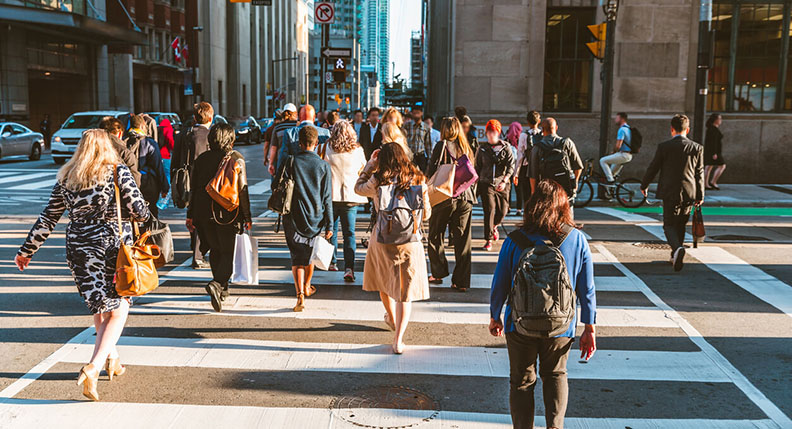Melbourne, often dubbed the cultural capital of Australia, is a city brimming with art, music, coffee aromas, and street performances. But what really sets it apart is its unique and efficient public transport system. If you’re a first-time visitor, you might find yourself asking: “What exactly is a myki card?”, “Is the Free Tram Zone truly free?”, or “Can I switch between buses, trams, and trains using the same card?”
1. Understanding Melbourne’s Public Transport System: The Big Three
Melbourne’s public transport is primarily made up of three core modes of transport:
1.1 Trams – The Heart and Soul of Melbourne
Known as the “City of Trams,” Melbourne boasts the world’s largest tram network, with over 250 kilometers of double tracks. These trams aren’t just a way to get around—they’re part of the city’s identity and charm. In the city center (CBD), tram stops are everywhere, often spaced just a block or two apart, and services run frequently, especially during peak hours. Trams are not only used for commuting but are also ideal for sightseeing, offering a scenic ride through Melbourne’s historic neighborhoods, laneways, and landmarks. Some trams, like the heritage City Circle Tram (Route 35), are even specifically designed for tourists and provide free commentary on major attractions.
1.2 Buses – Bridging the Suburbs
Where trams can’t go, buses step in to fill the gaps. Melbourne’s bus network is extensive and includes more than 300 routes, making it especially useful in outer suburban areas such as the southeast (e.g., Dandenong) or northwest (e.g., Sunbury). Unlike trams which tend to stick to the inner city, buses connect shopping centers, schools, hospitals, and train stations across wider areas. Many bus routes are also scheduled to connect smoothly with train timetables, ensuring that passengers can easily transfer between modes. Although bus frequencies may be lower than trams in some areas, they remain a vital lifeline for residents, especially during late evenings and weekends when other transport options may be limited.
1.3 Trains – Best for Commuters and Long-Distance Travel
Melbourne’s train network radiates outward from Flinders Street Station, the city’s historic transport hub located right in the heart of the CBD. The system comprises 17 metropolitan lines and numerous V/Line services to regional Victoria, making it ideal for longer trips, daily commutes, and weekend excursions. Trains are fast, efficient, and generally reliable, with peak-hour services running every 10 minutes or less on most lines. For travelers, catching a train to places like Brighton Beach, Frankston, or even Geelong can make for a fantastic day trip. Modern trains are equipped with real-time information screens, and many major stations now feature amenities like elevators, bike parking, and even cafes—transforming the train journey into a more comfortable experience.
2. What is a myki Card? Your Must-Have Travel Companion
2.1 Introduction to myki
The myki card is a reloadable smart card used across Melbourne’s trains, trams, and buses. It’s similar to Hong Kong’s Octopus card or London’s Oyster card. With a myki, you can travel across Victoria’s public transport network seamlessly.

2.2 Types of myki Cards
- myki Card (Standard): Best for regular users, including locals and long-term visitors. It comes with a one-time AU$6 card fee and can be easily topped up with myki Money or a myki Pass. This card is reusable and doesn’t expire, making it suitable for students, workers, and frequent travelers in Victoria.
- myki Visitor Value Pack: Specifically designed for short-term tourists, this pack includes a myki card preloaded with credit, a city and tram map, access to travel discounts at major attractions, and a helpful transport guide. It’s available at select locations including the airport and Federation Square.
- myki Pass: This option lets you travel unlimited within your selected zones for 7 days or between 28 to 365 days. It’s perfect for people commuting daily to work or school. The pass activates on first use and can be loaded onto a standard myki card.
- myki Money: A pay-as-you-go credit system where fare is automatically deducted based on your travel distance. Ideal for occasional users, tourists, or people who plan to stay for a short period. Fares are capped daily, so you won’t pay more than the set limit.
2.3 Where to Buy a myki Card
- PTV ticket machines at Melbourne Airport: Upon arrival at Tullamarine Airport, look for the machines near the SkyBus terminal or in Arrival Halls.
- Major train stations and vending machines: Most central stations like Southern Cross, Flinders Street, or Melbourne Central have multiple ticket machines and staffed counters.
- 7-Eleven and other convenience stores: These stores are widespread across Melbourne. Just ask the cashier for a new card or a recharge, and you’re good to go.
- Online or via the PTV app: Order in advance from the PTV website or locate nearby retailers using the app. Note that delivery time is needed if you purchase online, so plan ahead if possible.
2.4 How to Top Up
- At any ticket machine (cash and card accepted): Found at all major train stations and selected tram stops, these machines allow you to check balances and top up instantly.
- Retail stores like 7-Eleven: Simply hand over your myki card and request a specific recharge amount. Staff will do it on the spot, and your card will be ready to use immediately.
- Online or via the PTV app: Convenient for topping up remotely, especially if you prefer digital methods. However, note that online top-ups are not instant—it may take up to 24 hours to sync, or until your card is tapped on a reader. Always allow extra time before planning your trip.
3. How to Use myki: Tapping On and Off Explained
3.1 Do You Tap On and Off?
- Trams: Only tap on when boarding. No need to tap off.
- Buses: Tap on and off when entering and exiting.
- Trains: Tap on and off at station gates or readers.
3.2 Tapping Tips
- Expect queues at the readers during rush hours—just be patient!
- A red beep beep usually means insufficient funds.
- If you’re traveling within the Free Tram Zone, do not tap your card at all (more on that soon).
4. Exploring the Free Tram Zone: Travel for Free in the CBD
4.1 Free Tram Zone Map & Boundaries
Melbourne’s CBD (Central Business District) has a designated Free Tram Zone, covering key areas such as:
- Flinders Street Station
- Federation Square
- Melbourne Central
- Queen Victoria Market
- Docklands
- Parliament Station
Within this zone, all tram rides are 100% free—no need to tap on or off!
4.2 Which Trams Are Free?
Any tram that travels through the Free Tram Zone is free as long as you stay within the zone. One notable line is the Route 35 City Circle Tram, a vintage-style tram perfect for sightseeing.
4.3 How to Ride for Free
- Look for tram stops marked “Free Tram Zone”
- Make sure both boarding and exiting stops are inside the zone
- Once you exit the zone, be sure to tap on, or risk getting fined
5. Planning Your Route: Handy Apps and Map Tools
5.1 Must-Have Apps
- PTV App: Real-time updates, schedules, route maps, and fare info
- Google Maps: Excellent accuracy with Melbourne’s public transport system
- Moovit: Traveler-friendly navigation and live alerts
5.2 Smart Route Tips
- Avoid peak hours: 7:30–9:00 AM and 4:30–6:30 PM
- Check for transfers between different transport modes
- Melbourne has fare zones (Zone 1, Zone 2); traveling across zones increases the fare

6. Practical Tips: From the Airport to the Suburbs to Late-Night Travel
6.1 Getting from the Airport to the City
- SkyBus: Direct to Southern Cross Station in 30–45 minutes
- Taxi/Rideshare: About AU$60, good for groups or lots of luggage
- Bus + Train Combo: Cheapest but slowest option—not ideal with heavy bags
6.2 What About Late at Night?
- Night Network: Available on Fridays and Saturdays, with special night buses
- Some tram and train lines also extend their services on weekends
- Always check the PTV website for current schedules and changes
6.3 Concessions and Fare Caps
- Discounts for children, students, seniors
- Student cards require school registration—can be tricky for short stays
- Daily fare cap: Travel across Zone 1 & 2 with myki money is capped at AU$10/day (as of 2025)
7. Local Hacks: How to Save Time and Money on Melbourne Transport
- Not commuting daily? Use myki money
- Traveling often within a week? Buy a myki weekly pass
- Long-term residents or students? Apply for myki concession
- Exploring the CBD? Walk and use the Free Tram Zone to your advantage
Master the myki, Unlock Melbourne!
Transportation is a huge part of any travel experience. Once you’ve mastered Melbourne’s system—especially how to use the myki and ride for free in the city center—you’ll not only save time and money, but also gain the freedom to move around like a true local. From the charming City Circle tram to the practical bus lines and scenic train rides, Melbourne’s public transport is more than a utility—it’s a journey into the city’s rhythm and character.



